python 21 days
python 21 days
钻石继承、多态、封装、几个装饰器函数
钻石继承:
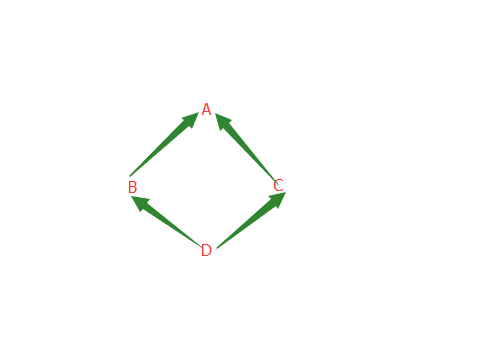
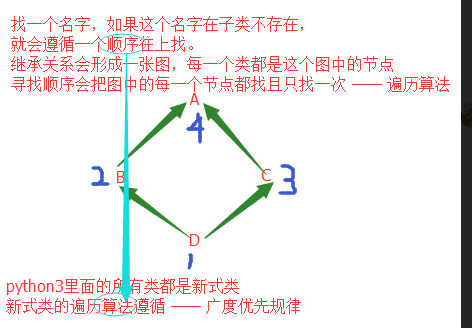

class A: def func(self):print('in A') class B(A):pass # def func(self):print('in B') class C(A):pass # def func(self):print('in C') class D(B,C):pass # def func(self):print('in D') d = D() d.func()

in A
钻石继承 —— 4个类图形
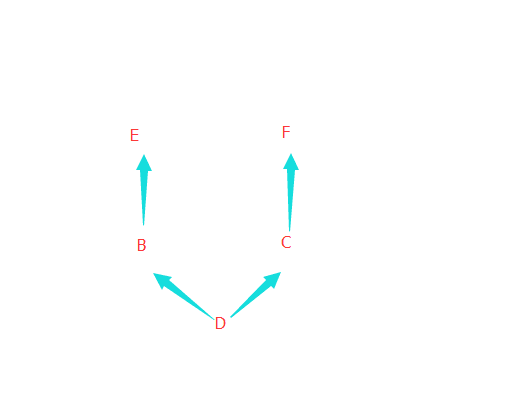



D->B->C->A

class E: def func(self):print('in E') class F: def func(self):print('in F') class B(E):pass # def func(self):print('in B') class C(F): def func(self):print('in C') class D(B,C):pass # def func(self):print('in D') d = D() d.func()

in E

class A: def func(self): print('in A') class E(A): def func(self):print('in E') class F(A): def func(self):print('in F') class B(E):pass # def func(self):print('in B') class C(F): def func(self):print('in C') class D(B,C):pass # def func(self):print('in D') print(D.mro())

[<class '__main__.D'>, <class '__main__.B'>, <class '__main__.E'>, <class '__main__.C'>, <class '__main__.F'>, <class '__main__.A'>, <class 'object'>]
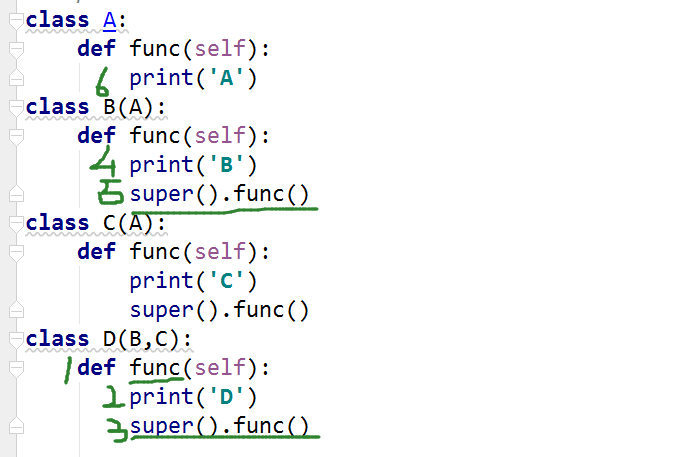
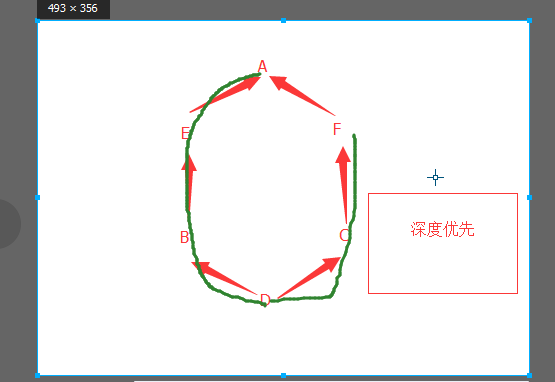
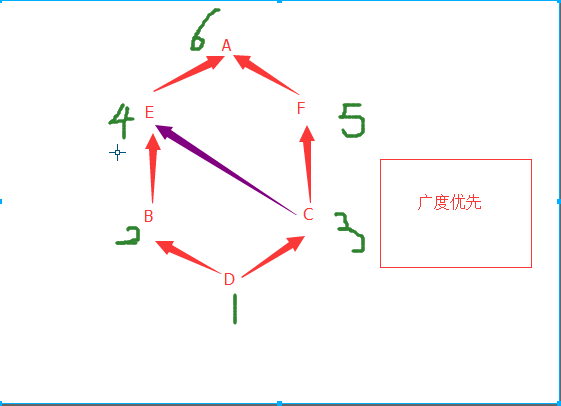
super:

class A: def func(self): print('A') class B(A): def func(self): print('B') super().func() class C(A): def func(self): print('C') super().func() class D(B,C): def func(self): print('D') super().func() D().func() B().func() print(B.mro())

D B C A B A [<class '__main__.B'>, <class '__main__.A'>, <class 'object'>]
super并不是单纯的找父类,和mro顺序是完全对应的。
类 : python3里全部都是新式类
新式类默认继承object
py2里面
新式类 主动继承object
经典类 不主动继承object —— 遵循深度优先遍历算法,没有mro方法,没有super
新式类默认继承object
py2里面
新式类 主动继承object
经典类 不主动继承object —— 遵循深度优先遍历算法,没有mro方法,没有super
Python 弱、强?类型语言 动态强类型语言
弱类型 1+‘2’ 参数的数据类型也不需要指定
强类型 同类型之间可以做运算 参数的数据类型也需要指定
弱类型 1+‘2’ 参数的数据类型也不需要指定
强类型 同类型之间可以做运算 参数的数据类型也需要指定
多态:
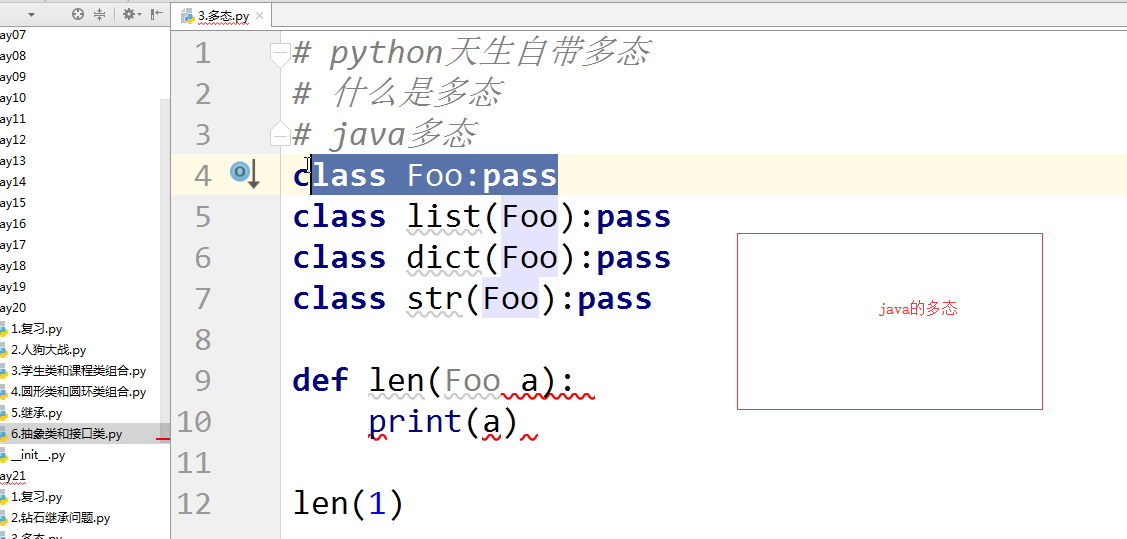

python天生自带多态
什么是多态
java多态
什么是多态
java多态

class Foo:pass class list(Foo):pass class dict(Foo):pass class str(Foo):pass def len(a): print(a) len(1)

1
封装:
封装 成一个函数
封装 成一个类
封装 面向对象的特性
class A:
__静态属性 = 'aaa' # 私有的静态属性
print(__静态属性) # __静态属性,_类名__名字
在一个变量之前 加上两个双下划线是有特殊意义的
加上了这个双下划线,这个变量就变成了私有的
class A:
__静态属性 = 'aaa' # 私有的静态属性
print(__静态属性) # __静态属性,_类名__名字
在一个变量之前 加上两个双下划线是有特殊意义的
加上了这个双下划线,这个变量就变成了私有的
print(A.__静态属性) # 报错 私有的名字不能在类的外部使用
print(A.__dict__)
# print(A._A__静态属性) # 从语法的角度上不允许你直接调用的
A.__wahaha = 'hahaha' # 在一个类的外部是不可能定义一个私有的名字的
print(A.__dict__)
print(A.__dict__)
# print(A._A__静态属性) # 从语法的角度上不允许你直接调用的
A.__wahaha = 'hahaha' # 在一个类的外部是不可能定义一个私有的名字的
print(A.__dict__)
私有的对象属性
练习题:房间的面积

class Room: def __init__(self,owner,id,length,width,height): self.owner = owner self.id = id self.__length = length self.__width = width self.__height = height def area(self): return self.__length * self.__width r = Room('鞠哥哥',302,2,1.5,0.5) print(r.area())

3.0
私有的方法:
不希望从外部去调用这个方法,不独立完成一个功能,而是类整体完成某个功能的一部分
不希望从外部去调用这个方法,不独立完成一个功能,而是类整体完成某个功能的一部分

class Student: # 对密码进行加密 def __init__(self,name,pwd): self.name = name self.__pwd = pwd def __getpwd(self): return self.__pwd[::-1] def login(self): self.__getpwd()

class A: def __init__(self): self.func() def func(self): print('A') class B(A): def func(self): print('B') B()

B


class A: def __init__(self): self.__func() def __func(self): # _A__func print('A') class B(A): def __func(self): print('B') # def __init__(self): # self.__func() # _B__func B()

A
名字
公有的 在类的外部用 内部用 子类用
__私有的 在类的内部用
公有的 在类的外部用 内部用 子类用
__私有的 在类的内部用
私有的概念和面试题 ****
私有的属性和静态属性 ***
私有的方法 **
私有的属性和静态属性 ***
私有的方法 **
几个装饰器函数:
property
classmethod
staticmethod
装饰器
classmethod
staticmethod
装饰器
圆形
半径 r
面积 area
周长 perimeter
半径 r
面积 area
周长 perimeter
求圆的面积:

from math import pi class Circle: def __init__(self,r): self.r = r @property def area(self): return self.r**2*pi c = Circle(5) print(c.area) # ==> c.area()

78.53981633974483
求圆的周长:

from math import pi class Circle: def __init__(self,r): self.r = r @property def perimeter(self): return 2*pi*self.r c = Circle(5) print(c.perimeter)

31.41592653589793
将一个方法伪装成一个属性

class Person: def __init__(self,name): self.__name = name # self.name = name @property def name(self): return self.__name @name.setter def name(self,new): if type(new) is str: self.__name = new alex = Person('alex') print(alex.name) alex.name = 'sb' # 能不能改? —— 不能直接改 print(alex.name)

alex
sb
查看装饰器:

def __init__(self,wahaha): self.__wahaha = wahaha @property # wahaha = property(wahaha) def wahaha(self): print('in wahaha') return self.__wahaha @wahaha.setter # wahaha = wahaha.setter(wahaha) # 也是一个装饰器方法 def wahaha(self,new): self.__wahaha = new d = Demo('wahaa') print(d.wahaha) # 可以被查看

in wahaha wahaa
修改装饰器:

class Demo: def __init__(self,wahaha): self.__wahaha = wahaha @property # wahaha = property(wahaha) def wahaha(self): # print('in wahaha') return self.__wahaha @wahaha.setter # wahaha = wahaha.setter(wahaha) # 也是一个装饰器方法 def wahaha(self,new): self.__wahaha = new d = Demo('wahaa') print(d.wahaha) # 可以被查看 d.wahaha = 123 # 可以被修改 print(d.wahaha)

wahaa
123
苹果降价后:

class Goods: def __init__(self,discount,origin_price): self.__price = origin_price self.__discount = discount @property def price(self): return round(self.__price * self.__discount,2) @price.setter def price(self,new_price): self.__price = new_price # apple = Goods(0.8,10) print(apple.price)

8.0
苹果降价前:

class Goods: def __init__(self,discount,origin_price): self.__price = origin_price self.__discount = discount @property def price(self): return round(self.__price * self.__discount,2) @price.setter def price(self,new_price): self.__price = new_price apple = Goods(0.8,10) apple.price = 12 print(apple.price)

9.6
一个属性可以被查看:

class A:pass a = A() a.name = 'egon' print(a.__dict__)

{'name': 'egon'}
一个属性可以被删除:

class A:pass a = A() a.name = 'egon' print(a.__dict__) del a.name print(a.__dict__)

{'name': 'egon'}
{}
用装饰器写入文件句柄:

class A: def __init__(self,path): self.__f = open(path,'w') @property def f(self):return self.__f @f.deleter def f(self): # 所有的借用操作系统的资源,在删除一个变量之前都必须先归还资源 self.close() del self.__f # def write(self,content): self.__f.write(content) def close(self): self.__f.close() obj = A('wahaha') obj.write('wahahayawahaha') obj.close()
property ***
setter **
deleter *
苹果装饰器的价格:

lass Goods: __discount = 0.8 def __init__(self,origin_price): self.__price = origin_price @property def price(self): return round(self.__price * Goods.__discount,2) @price.setter def price(self,new_price): self.__price = new_price @classmethod def change_discount(cls,new_discount): # print(cls,Goods) #Goods.__discount = new_discount cls.__discount = new_discount # # apple = Goods(10) # apple.change_discount(1) Goods.change_discount(0.7) apple = Goods(10) print(apple.price)

7.0
装饰器学生登陆的行为:

lass Student: def __init__(self,name,sex): self.name = name self.sex = sex @staticmethod # 相当于函数 def login(): name = input('鞠哥哥') if name == 'alex':print('登录成功') # 学生的登陆行为 print(Student.login())

鞠哥哥
method 方法 —— 函数 由实例化对象去调用
property 伪装成属性的方法 —— 特性 由实例化对象去调用
classmethod 类方法 由类调用,只使用类中的静态变量
staticmethod 静态方法 由类调用,一个方法既不会用到对象的属性,也不会用到类的属性。
property 伪装成属性的方法 —— 特性 由实例化对象去调用
classmethod 类方法 由类调用,只使用类中的静态变量
staticmethod 静态方法 由类调用,一个方法既不会用到对象的属性,也不会用到类的属性。





 浙公网安备 33010602011771号
浙公网安备 33010602011771号